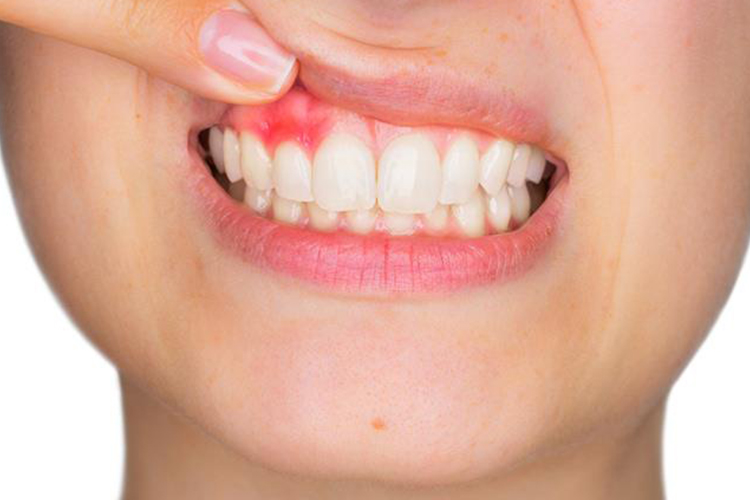Periodontology
Periodontal diseases are inflammatory diseases that affect the gums and other tissues that support the teeth. Periodontal diseases are responsible for 70% of tooth loss in adults.
These diseases can be treated easily and successfully when diagnosed at an early stage. Prevention or treatment of gum diseases; It also brings other benefits such as protecting natural teeth, providing more comfortable chewing and better digestion. Periodontal diseases begin with gingivitis. So gingivitis is the early stage of periodontal disease. During this period, the gums are bleeding, red and enlarged in volume. It may not cause much discomfort in the early period. If left untreated, the disease may progress to periodontitis and cause irreversible damage to the alveolar bone that supports the gums and teeth. Periodontitis is a more advanced stage of periodontal diseases. Damage occurs to the alveolar bone along with other tissues that support the teeth. A "periodontal pocket" forms between the tooth and the gum. The presence of a periodontal pocket facilitates the localization of infection and progression of the disease. As the disease progresses, teeth begin to loosen and may even need to be extracted.

What are the symptoms of gum disease?
Gum disease has many symptoms; Bleeding gums during tooth brushing Red, swollen and sensitive gums Receding gums that can easily be separated from the teeth Inflammatory discharge between teeth and gums Teeth that are loose or gradually moving away from each other (creation of gaps between the teeth or increasing of the existing gaps) Change in the relationship between the lower and upper teeth during biting Partial denture change in harmony, deterioration. Constant bad breath. However, periodontal disease can reach advanced stages without causing any symptoms. Therefore, it is extremely important to go to the dentist at regular intervals.
What is the cause of gum disease?
The most important cause of gum disease is the sticky and colorless film layer called "bacterial dental plaque" that accumulates on the teeth. Removing dental plaque through daily brushing and flossing is a basic requirement for a healthy mouth. If plaque is not effectively removed from the teeth, it turns into an irregular and permeable structure known as calculus or tartar. Harmful products released by bacteria in plaque cause irritation in the gums. Due to these products, the fibers that firmly connect the gum to the tooth are destroyed, the gum moves away from the tooth and a periodontal pocket is formed. This makes it easier for bacteria and their products to move into deeper tissues. As the disease progresses, the pocket becomes deeper, the bacteria move deeper; It progresses to the bone and destruction begins in the alveolar bone that supports the tooth. If the disease is left untreated, the teeth will eventually become loose and may even require extraction.
How to prevent gum disease?
The most important task in preventing periodontal disease falls on the individual himself. To maintain teeth in a healthy condition, bacterial dental plaque must be removed through daily oral care procedures (brushing and flossing). It is equally important to visit the dentist regularly. Daily oral care procedures can minimize tartar formation, but may not prevent it completely. It is necessary for a dentist to evaluate the areas that cannot be reached with a toothbrush, dental floss or other cleaning tools in order to remove existing dental plaque and/or tartar.
What is the treatment for gum diseases?
Treatment of gum disease in the early stages includes removing the attachments (plaque and tartar) on the teeth and ensuring a smooth root surface. This process ensures the removal of bacteria and irritants that cause inflammation in the gums. Generally, this treatment is sufficient for the gum to adapt to the tooth again or for the gum to shrink and eliminate the pocket. In the majority of cases in the early stages of gum disease, daily effective oral care following scaling, plaque removal and ensuring a smooth root surface is sufficient for successful treatment. More advanced cases may require surgical treatment. The aim of this treatment is to clean the tartar in the deep periodontal pockets surrounding the teeth, to eliminate the pocket by shrinking and to ensure a smooth root surface, and to create a more easily cleanable gingival form. After periodontal treatment, patients should be examined regularly by the dentist, plaque control and new tartar accumulation should be removed from the environment. But it should not be forgotten that; To maintain what has been achieved with periodontal treatment, no procedure can be more beneficial than effectively implementing daily oral care procedures.





